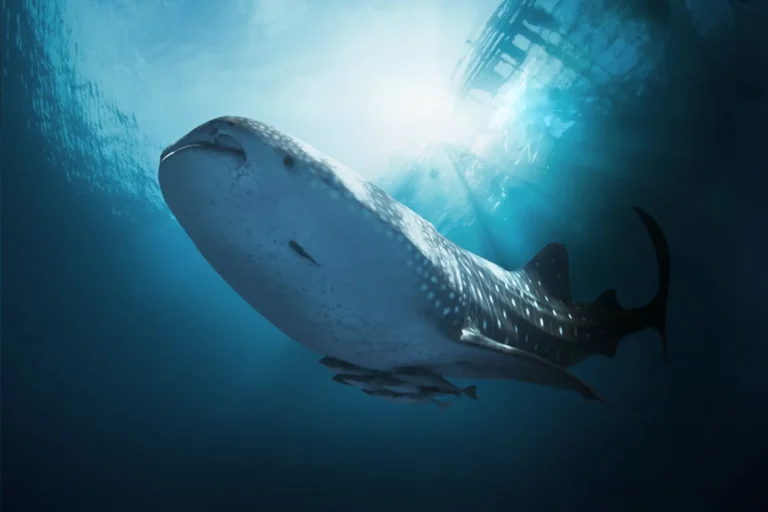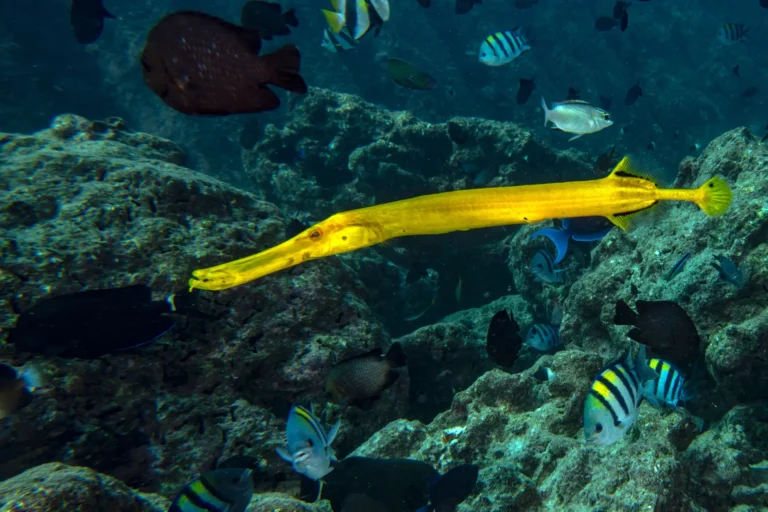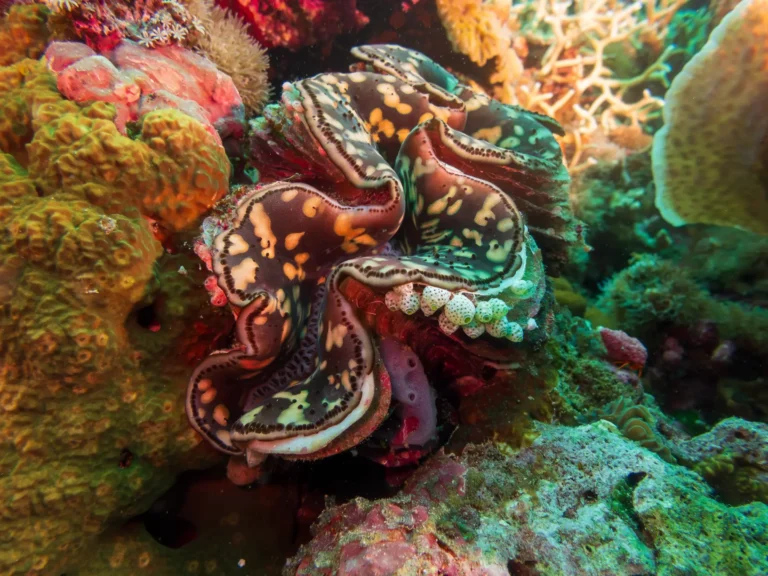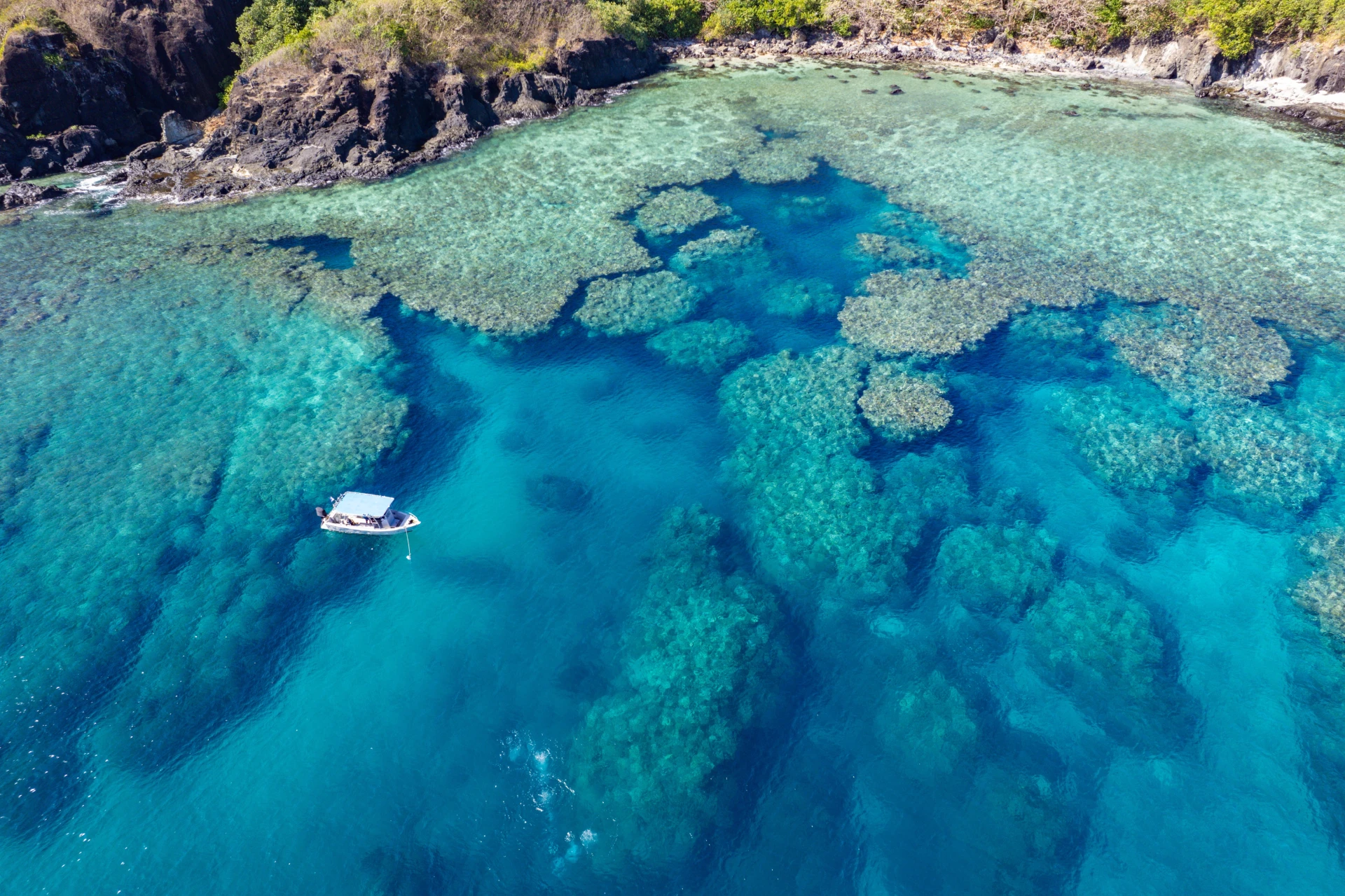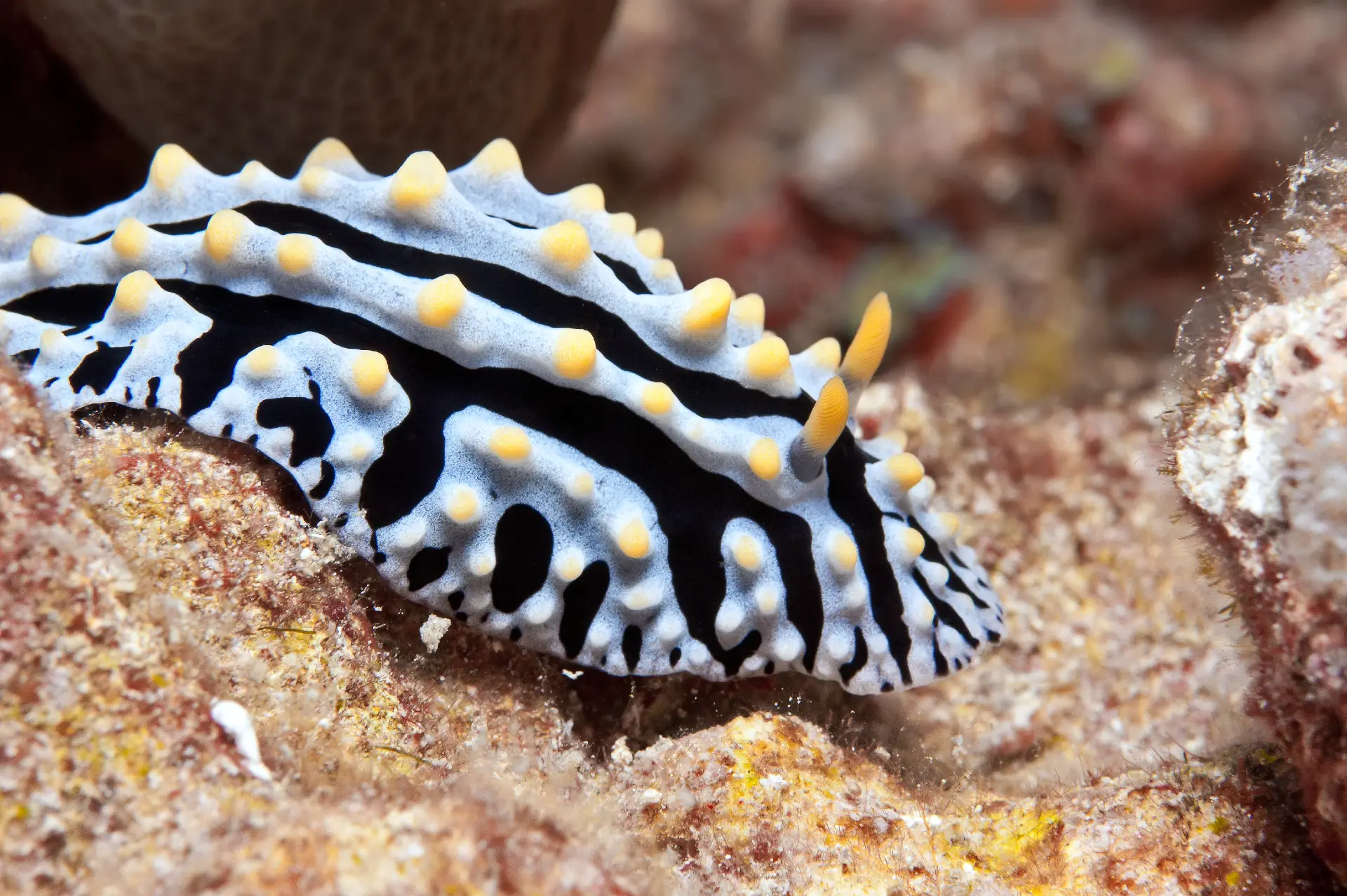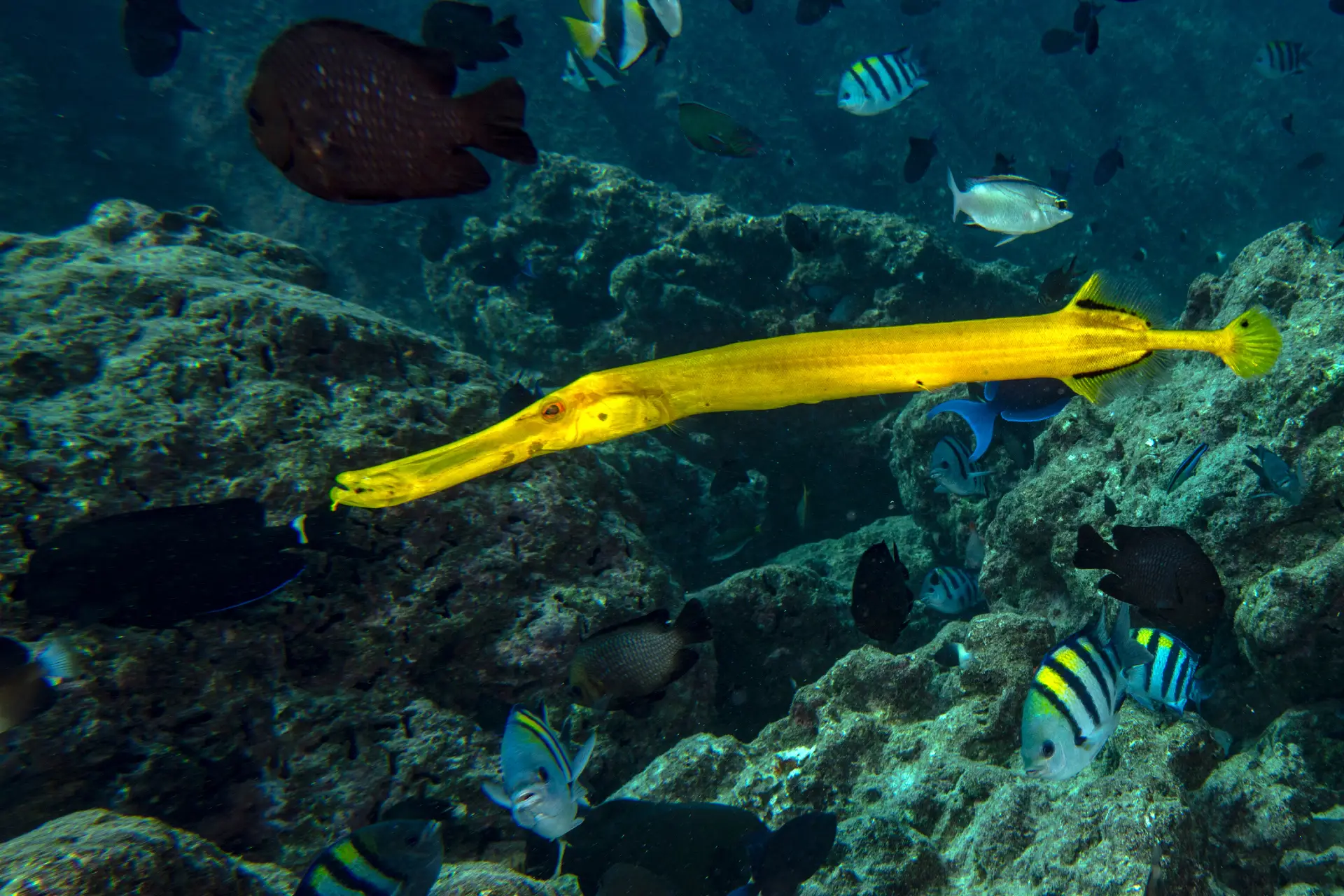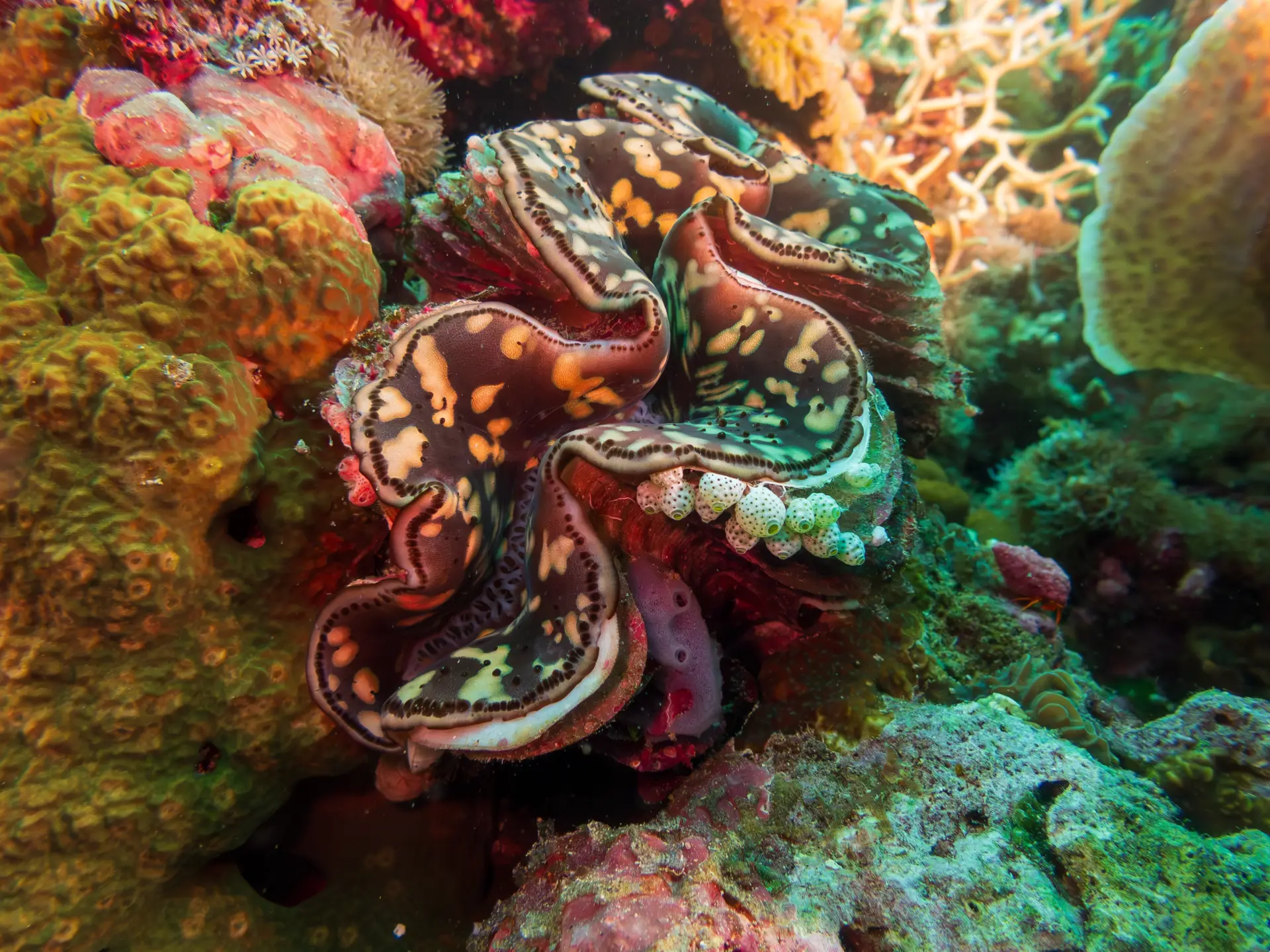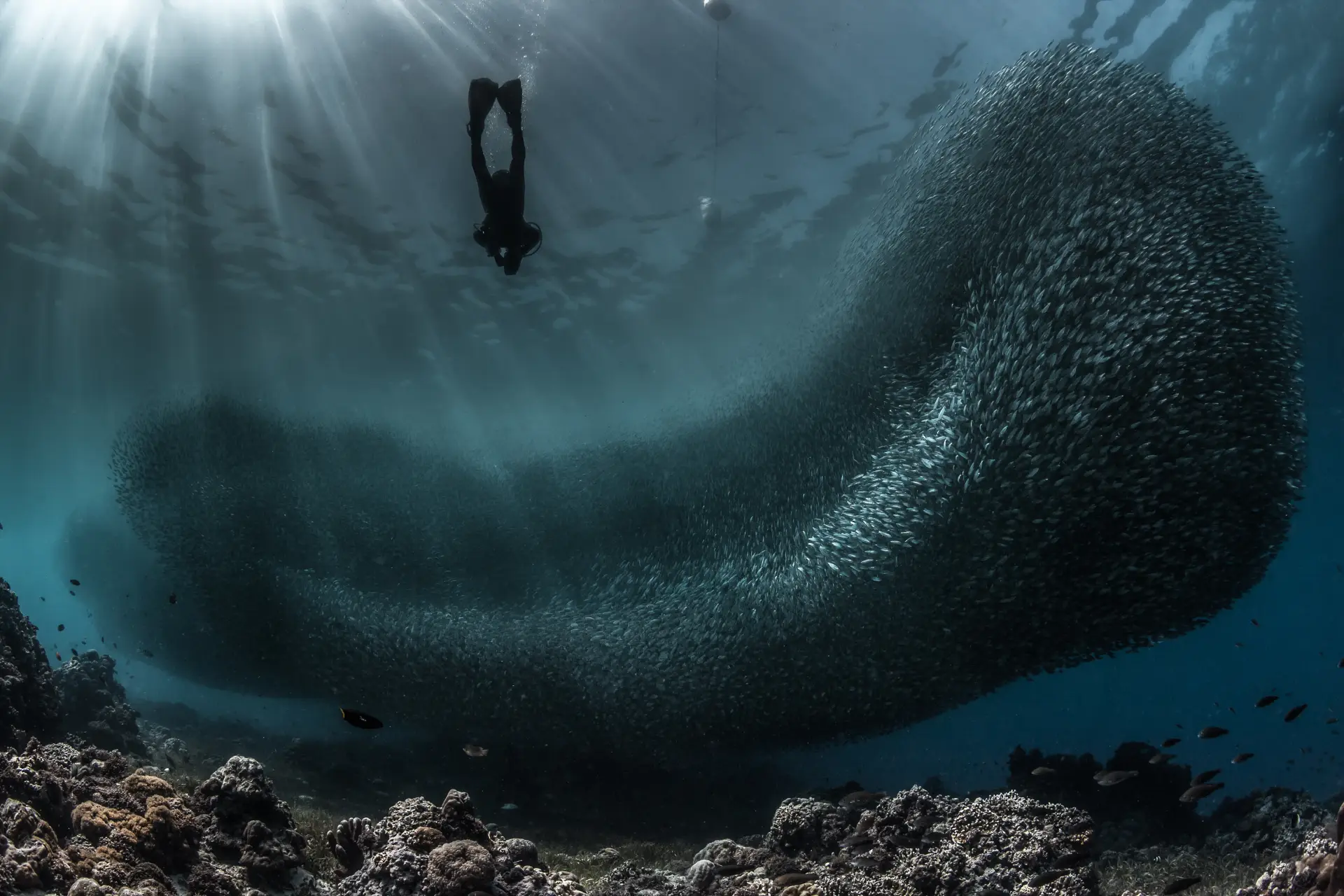Whale Sharks in Bohol Natural Sightings Only
There are few underwater experiences more awe-inspiring than encountering a whale shark. These gentle giants glide through the ocean with an effortless grace that belies their enormous size. In Bohol, divers and snorkelers have long had the rare privilege of seeing whale sharks in their natural habitat. But in recent years, these encounters have become less frequent—and there’s an important reason why.
As whale sharks have become a popular tourist attraction, concerns over unsustainable and unethical practices—especially feeding—have grown. In response, the local government recently enacted a ban on whale shark feeding in Bohol, a move that conservationists and responsible dive operators have welcomed. At Sierra Madre Divers, we support this decision wholeheartedly and remain committed to natural, respectful encounters with these incredible animals.
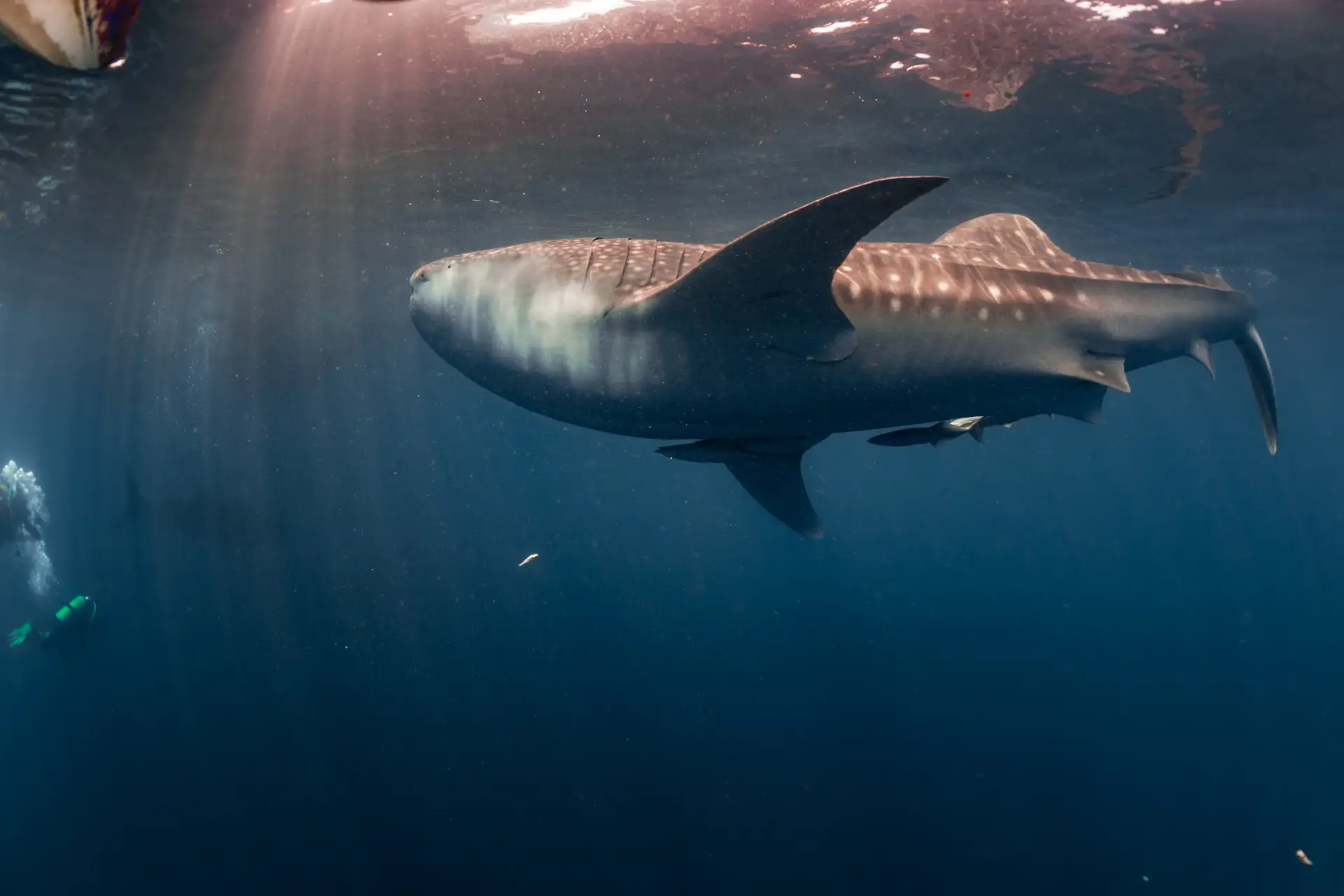
The Gentle Giants of the Sea
Whale sharks (Rhincodon typus) are the largest fish in the ocean, reaching lengths of up to 12 meters or more. Despite their size, they are filter feeders, consuming plankton and small fish by swimming with their massive mouths open. They are non-aggressive and pose no threat to humans, making them a favorite among divers and snorkelers.
Bohol has historically been part of their seasonal migration route, especially during the cooler months from November to March when plankton blooms are more common. During these times, divers could spot whale sharks gliding through open water, often in places like Pamilacan Island or deeper offshore dive sites.
The Shift: From Natural Encounters to Feeding Sites
Unfortunately, the growing popularity of whale shark tourism led to a concerning trend: artificially attracting whale sharks by feeding them. In areas like Lila, Bohol, operators began offering guaranteed sightings by luring whale sharks with food. While this may have been profitable in the short term, it disrupted the whale sharks’ natural behavior, feeding patterns, and migration routes.
The result? Natural sightings began to decline elsewhere in Bohol. Whale sharks started to associate boats and humans with food, becoming more dependent on handouts and less likely to engage in their natural foraging behavior. This not only endangers the animals but also undermines the authenticity of the diving experience.
A Victory for Conservation: The Feeding Ban
In a positive step forward, the Bohol provincial government officially banned whale shark feeding in early 2025. This landmark decision aims to restore balance to the marine ecosystem and promote more sustainable tourism.
What does this mean for divers?
- A return to natural behavior: With feeding stopped, whale sharks are more likely to resume their migratory routes.
- Better overall marine health: Reducing artificial feeding reduces stress on reef systems and maintains a healthy ecological balance.
- More meaningful encounters: Seeing a whale shark naturally—without bait or manipulation—is an unforgettable and more ethical experience.
At Sierra Madre Divers, we’re hopeful that this move will lead to more frequent and natural sightings of whale sharks in the near future.
When and Where to See Whale Sharks in Bohol (The Natural Way)
While whale shark sightings are never guaranteed in the wild, your best chance of seeing them around Bohol is during the cooler months of the year: November to March. During this time, plankton blooms increase, attracting filter feeders like whale sharks.
Top Spots for Potential Sightings:
- Pamilacan Island – Known for deep blue water and occasional whale shark sightings.
- Balicasag Island (offshore areas) – While more known for coral life, open water dives may yield surprises.
- Pelagic dives – Ask your dive guide about deeper or drift dive options where pelagic life may be passing by.
We always emphasize that nature doesn’t operate on a schedule—and that’s part of what makes these encounters so magical.
How to Dive Responsibly with Whale Sharks
If you’re lucky enough to encounter a whale shark during your dive, it’s important to know how to behave in a way that respects their space:
✅ Keep your distance – Stay at least 3 meters away from the body and 4 meters from the tail.
✅ No touching – Never attempt to ride, chase, or touch a whale shark. Their skin is sensitive and touching can cause harm.
✅ No flash photography – Flash can disorient or startle whale sharks.
✅ Approach from the side – Never block their path or approach from behind.
✅ Stay calm and move slowly – Let them set the pace.
Sierra Madre Divers trains all guests in proper marine life etiquette, ensuring every interaction is both safe and respectful.
Why Natural Is Better
We understand the appeal of guaranteed sightings, but at what cost? Choosing to see whale sharks the natural way supports the long-term survival of the species and maintains the health of our marine environment. It also makes every encounter genuine and unforgettable.
When you dive with us, you’re not only exploring the ocean—you’re helping to protect it.
Join Us in Protecting What Matters
At Sierra Madre Divers, we believe that the ocean is not an amusement park—it’s a living ecosystem. By diving responsibly and advocating for ethical marine tourism, we can ensure that whale sharks continue to visit Bohol’s waters for generations to come.
If you’re planning a dive trip to Bohol and want a chance to see whale sharks in the wild, let us know—we’ll do everything we can to help you have a safe, respectful, and unforgettable encounter.
🌊 Ready to dive with purpose? Book your next adventure with Sierra Madre Divers and experience the magic of Bohol’s marine life the right way.

